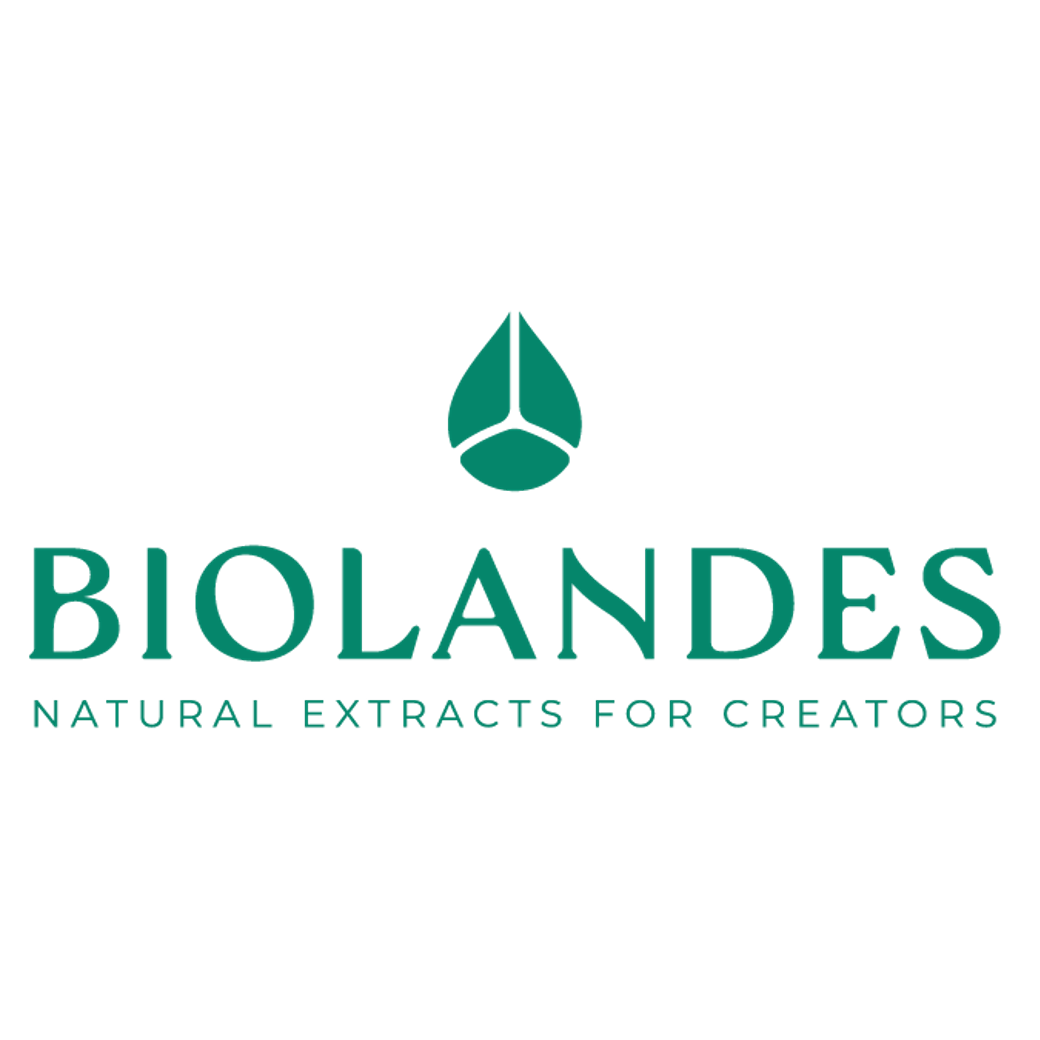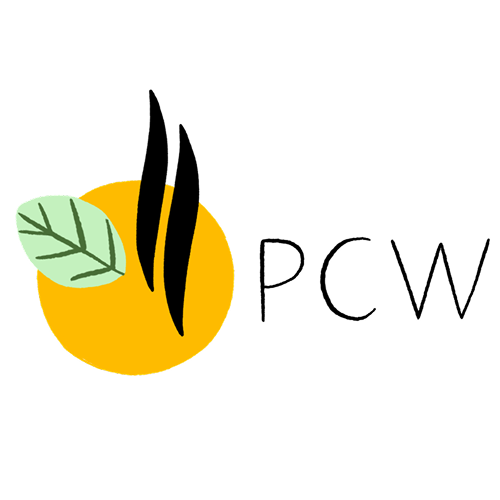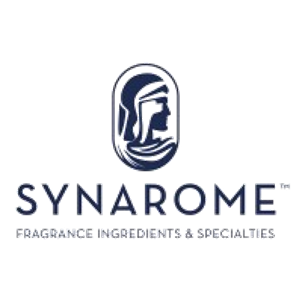| Company | Ingredient Name | ID | Comments | Naturality | Certifications | MOQ | Latin name | Treated part | Geographical origin |
|---|---|---|---|---|---|---|---|---|---|
|
|
TURPENTINE EO | 984946 |
Visit website
|
Naturals | - | PINUS PINASTER,PINUS ELLIOTTII | - | - | |
|
|
PINE NEEDLES EO | - |
Visit website
|
- | 10 grs | - | - | - |
General Presentation
-
CAS N° :
90082-75-0 -
EINECS number :
290-166-2 -
FEMA number :
2904
-
Volatility :
Heart -
Price Range :
Donnée indisponible.
Physico-chemical properties
-
Appearance :
Colorless liquid -
Density :
0,860 - 0,872 -
Refractive Index @20°C :
1.465 - 1.475 -
Optical rotation :
-40° // -28° -
Vapor pressure :
Data not available. -
Flash Point :
Data not available. -
Acid Value :
> 1
Botanical informations
Botanical name :
Pinus pinaster Aiton
Botanical profile :
Pinus pinaster Aiton is a conifer belonging to the Pinaceae family and the Pinus L. genus.
The species includes three recognized subspecies:
- Pinus pinaster subsp. escarena (Risso) K.Richt.
- Pinus pinaster subsp. pinaster
- Pinus pinaster subsp. renoui (Villar) Maire
Chemotypes :
The Pinus L. genus includes nearly 380 different species of pine, though only a few are used in perfumery. Notable examples include:
- Pinus sylvestris L.: Scots Pine Needle Essential Oil / Scots Pine Needle Resinoid, found throughout the Northern Hemisphere
- Pinus palustris Mill.: Pine Tar Essential Oil, found mainly in the eastern United States
- Pinus pumila (Pall.) Regel: Dwarf Siberian Pine Needle Essential Oil, found mainly in eastern Russia
- Pinus pinaster Aiton: Maritime Pine Essential Oil, found mostly in Europe and southern Australia
- Pinus nigra J.F.Arnold: Black Pine Essential Oil, found mainly in Europe and the United States
White Pine (Pinus strobus), Red Pine (Pinus resinosa), Jack Pine (Pinus divaricata), and Ponderosa Pine (Pinus ponderosa) are all species native to North America.
The main distinction between a pine (Pinus L.) and a fir (Abies Mill.) lies in the arrangement of their needles: pines bear needles in clusters of two, three, or five, whereas fir needles are attached singly along the branch.
Extractions & Uses
Extraction process :
This essential oil is obtained through hydrodistillation of the needles of the Maritime Pine (Pinus pinaster Aiton).
Uses in perfumery :
Data not available.
Stability :
Data not available.
Major Components :
- Alpha-pinene (71 - 85%)
- Beta-pinene (11 - 20%)
- D-Limonene (1 - 7%)
- Camphene (0,6 - 1,5%)
- Caryophyllene oxide (< 0,5%)
- Myrcene (0,4 - 1,5%)
- Beta-caryophyllene (0,3 - 3%)
- Longifolene (0,2 - 2,5%)
- Delta-3-carene (< 0,1%)

Photo credits: ScenTree SAS
Other comments :
The botanical name Pinus pinaster Aiton is the only scientifically valid name for the maritime pine. However, most publications—particularly in perfumery—still refer to it as Pinus pinaster Soland.
This latter name is not recognized by the scientific community and should therefore not be used.
IFRA
IFRA 51th :
This ingredient is not restricted for the 51th amendment

















